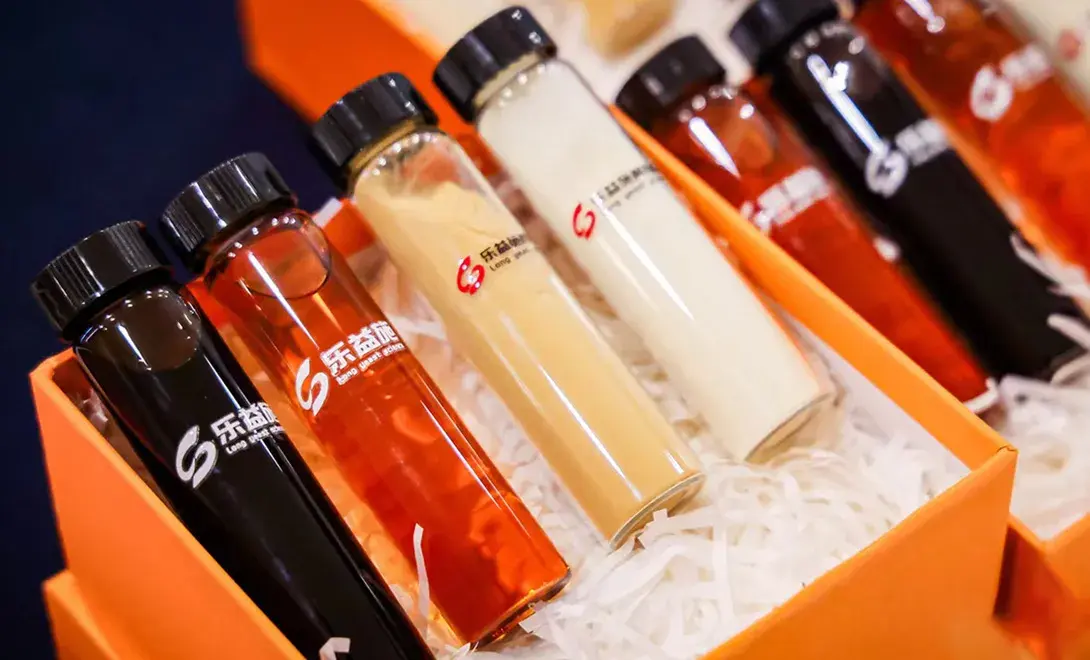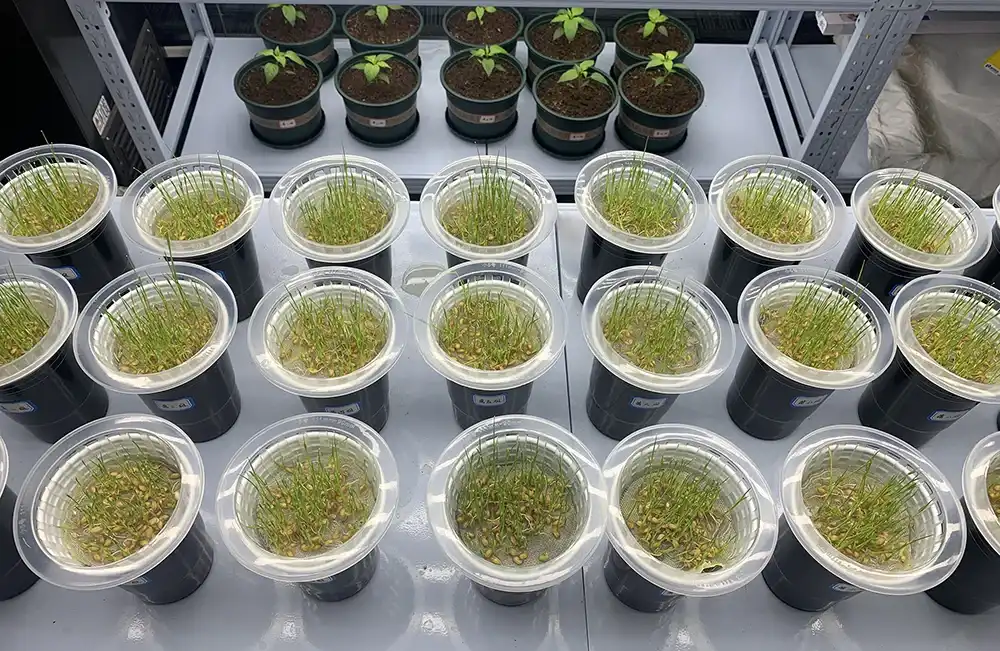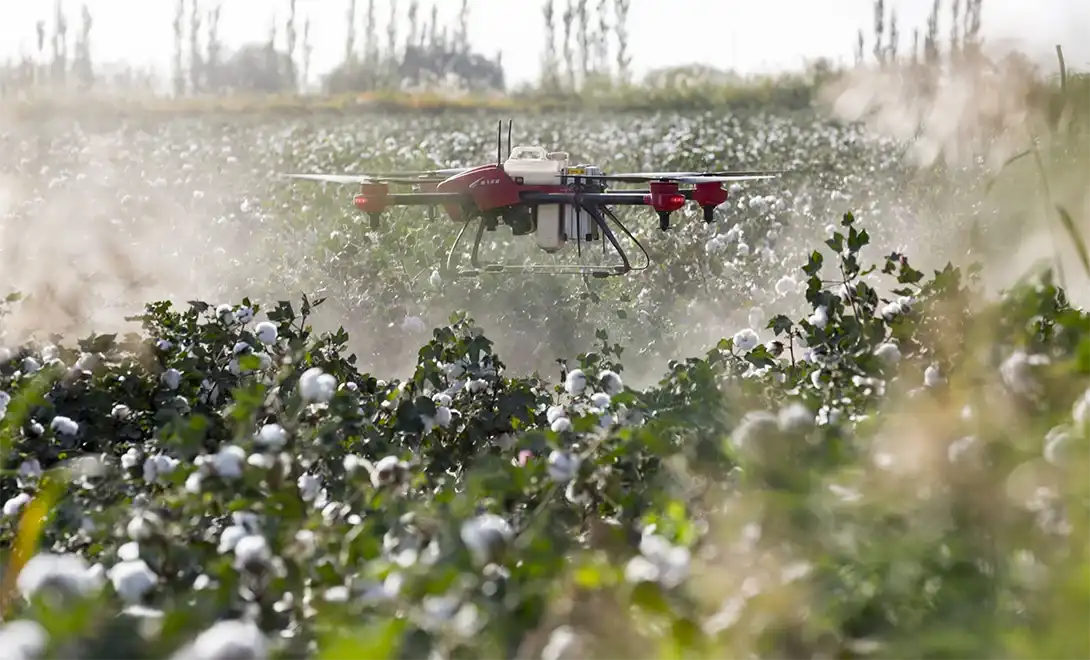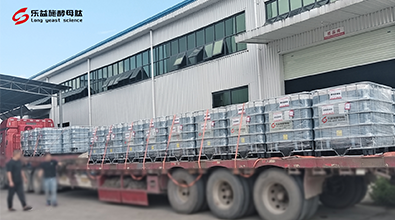Why Amino Acid Peptide Foliar Sprays Improve Crop Resilience?
Amino acid peptide foliar sprays have emerged as one of the most powerful tools in modern crop management. Unlike traditional fertilizers, these formulations deliver bioactive amino acids and short-chain peptides directly to plant foliage, enabling rapid absorption and participation in key metabolic pathways. As agriculture faces increasing challenges—climate stress, soil degradation, nutrient deficiency, and disease pressure—Amino Acid Peptide Foliar Sprays provide a multifunctional and sustainable approach to improving crop resilience, stress tolerance, and overall yield quality.
By supplying readily available organic molecules, enhancing nutrient uptake, priming defense pathways, and improving physiological performance, these foliar sprays help crops thrive even under adverse conditions such as drought, salinity, heat, or pathogen pressure. The following sections explain the scientific foundation and practical value of this technology.

The Scientific Foundation of Amino Acid Peptide Foliar Sprays
Amino Acid Peptide Foliar Sprays rely on a carefully balanced combination of free amino acids and bioactive peptides, the fundamental “building blocks of life.” When applied to leaf surfaces, these small molecules penetrate the cuticle efficiently and move through vascular tissues, participating in several essential physiological functions.
Osmoprotection and Stress Tolerance
Certain amino acids—including proline, glycine betaine, and serine—act as natural osmoprotectants, helping plants maintain internal water balance and protect cellular structures under severe stress conditions:
- Drought stress: Amino acids protect membranes, preserve enzyme activity, and slow dehydration.
- Salt stress: They stabilize osmotic pressure and reduce ion toxicity.
- Heat or cold stress: They reduce oxidative damage and protein denaturation.
By protecting cellular integrity, Amino Acid Peptide Foliar Sprays allow crops to maintain photosynthesis and metabolic activity even in challenging environments, resulting in stronger survival and improved productivity.
Enhanced Nutrient Uptake Through Natural Chelation
Amino acids and small peptides (2-10 amino acids) can both chelate trace elements, but small peptides form more stable and efficient chelates due to their greater number of coordination sites, representing an advanced direction in amino acid chelation technology. This mechanism not only significantly enhances the bioavailability of trace elements like iron, zinc, and manganese but also simultaneously delivers bioactive peptides with stimulating functions. Through dual nutritional supply, they jointly promote chlorophyll formation and photosynthesis, ultimately achieving synergistic enhancement of plant metabolic efficiency.
Crops treated with Amino Acid Peptide Foliar Sprays typically show deeper green foliage,more vigorous roots,better flowering and fruit set.These benefits go far beyond what conventional inorganic fertilizers can achieve.
Stimulation of Plant Defense Mechanisms
Certain amino acids and peptides in amino acid peptide foliar spray serve as signaling molecules, stimulating plant immune responses.Upon identifying push or pathogen intrusion, these atoms trigger the union of phytoalexins and other protective compounds. This early actuation permits plants to react more quickly and effectively to bugs or infections, minimizing harm. Moreover, this characteristic defense incitement decreases reliance on manufactured pesticides, supporting a more feasible and eco-friendly approach to edit assurance while maintaining up tall productivity.

Practical Applications in Various Crop Systems
Amino Acid Peptide Foliar Sprays are highly versatile and can be integrated into various agricultural systems. Their benefits are especially pronounced in areas with environmental stress or high-value specialty crops.
Drought- and Heat-Prone Agricultural Zones
In regions experiencing frequent droughts or extreme temperature fluctuations, these foliar sprays significantly improve water-use efficiency. By supporting cellular water retention and stabilizing internal processes, crops are better equipped to withstand dry periods and heat waves.
High-Value Fruit and Vegetable Production
For crops like tomatoes, peppers, and citrus, berries,natural products, amino acid peptide sprays can move forward, natural product set, measure, and in general quality. The upgraded supplement takes up and pushes resistance, leading to more uniform natural product improvement and diminished physiological clutters, resulting in higher attractive yields.
Cereal Crop Production
In wheat, rice, and corn development, foliar application of amino acid peptide foliar spray can boost grain filling and increase protein content. This is especially advantageous in locales where soil supplement insufficiencies or natural stresses frequently restrain trim productivity.

Future Perspectives and Sustainable Agriculture
As global agriculture shifts toward more sustainable practices, these sprays align perfectly with environmental and economic goals.
Reduced Environmental Impact
By improving nutrient use efficiency, these sprays help plants absorb and utilize essential nutrients more effectively, thereby reducing the dependency on synthetic fertilizers. This reduction not only lowers input costs for farmers but also lessens the risk of nutrient leaching and runoff into nearby water bodies, mitigating issues like eutrophication. Furthermore, because amino acid peptide sprays are biodegradable and naturally derived, they leave minimal environmental residues, supporting soil and water conservation while promoting a more sustainable agricultural ecosystem.
Integration with Precision Agriculture
The application of amino acid peptide sprays seamlessly integrates into precision agriculture systems. These systems utilize data-driven tools to guide efficient input management. By combining such sprays with technologies like drones, remote sensing, and automated irrigation systems, farmers can precisely apply required treatments at specific locations and times. This targeted approach prevents overapplication, conserves resources, and maximizes crop performance. Furthermore, it enables real-time monitoring of plant responses, ensuring nutrient management and stress-resistance strategies align with environmental requirements while maintaining economic viability.
Synergy with Biological Control Methods
The synergistic integration of amino acid peptide foliar sprays with biological control offers an innovative, sustainable solution for crop protection. By systemically enhancing plants' innate immunity and stress tolerance, peptide sprays form highly complementary partnerships with beneficial microorganisms or natural enemies, collectively establishing more resilient farmland ecosystems. This approach significantly reduces reliance on chemical pesticides. While effectively controlling pests and diseases, it prioritizes long-term soil and environmental health, serving as a key practice for achieving regenerative agriculture and sustainable development.
Conclusion
Amino acid peptide foliar sprays represent a significant leap forward in crop management technology. Their ability to enhance crop adaptability through multiple synergistic mechanisms is establishing them as a core tool in modern horticulture.
For agrochemical companies, fertilizer manufacturers, and large-scale farms, pioneering the integration of this innovative solution translates to direct access to key capabilities for enhancing crop stress tolerance, yield, and quality. This positions them to establish a significant competitive edge in the fiercely contested market. As research deepens and application scenarios expand, these products will not only continue optimizing formulations and efficacy but also play an increasingly vital role in safeguarding global food security and advancing sustainable agricultural development.
At LYS Biotech, we specialize in creating cutting-edge amino acid peptide foliar sprays custom-fitted to different needs. Our items, sponsored by over 70 a long time of experience in yeast chemical innovation, are planned to meet the most noteworthy guidelines of quality and efficiency. Whether you're looking to upgrade your item definitions, grow your agrarian input offerings, or make strides in your crop's strength to natural stresses, our group of specialists is prepared to help you.

FAQs
Q1: How quickly can crops absorb amino acid peptide foliar sprays?
A: Amino acid peptide foliar sprays are rapidly absorbed by plants, typically within hours of application. The small molecular size of amino acids and peptides allows for quick penetration through the leaf cuticle, enabling fast uptake and utilization by the plant.
Q2: Are amino acid peptide foliar sprays safe for organic farming?
A: Many amino acid peptide foliar sprays are derived from natural sources and can be suitable for organic farming. However, it's essential to check the specific product formulation and certification to ensure compliance with organic standards in your region.
Q3: How do amino acid peptide foliar sprays compare to traditional fertilizers?
A: While traditional fertilizers provide essential macronutrients, amino acid peptide foliar sprays offer a more comprehensive approach to plant nutrition and stress management. They not only supply nutrients but also enhance nutrient uptake, improve stress tolerance, and stimulate various plant physiological processes, often leading to more efficient use of other fertilizers and improved overall crop performance.

Premium Amino Acid Peptide Foliar Spray Suppliers | LYS
Looking for high-quality amino acid peptide foliar sprays to upgrade your edit strength and abdicate? See no assistance than Shenzhen LYS Ecological Technology Co., Ltd. As industry pioneers with over seven decades of mastery in yeast protein innovation, we offer inventive, licensed arrangements planned to meet the assorted needs of cutting-edge agribusiness. Our items are defined with high-quality crude materials and fabricated utilizing progressed generation forms to guarantee predominant execution and reliability.
Whether you're an agrochemical producer looking to grow your product line, a large-scale merchant looking for separated, high-value biostimulants, or a commercial producer aiming to progress, edit stretch resistance and quality, we have the arrangements you require. Our amino acid peptide foliar sprays are custom-fitted to upgrade trim flexibility over different natural conditions and trim types.
Experience the LYS difference today. Contact us at alice@aminoacidfertilizer.com to discuss how our premium amino acid peptide foliar sprays can elevate your agricultural practices or product offerings. Let's collaborate to drive sustainable agricultural growth and success.
References
1. Zhang, L., & Shen, Q. (2019). Amino acid-based biostimulants: A review on physiological responses and agricultural importance. Plant Growth Regulation, 89(1), 1-15.
2. Colla, G., & Rouphael, Y. (2015). Biostimulants in horticulture. Scientia Horticulturae, 196, 1-2.
3. Popko, M., Michalak, I., Wilk, R., Gramza, M., Chojnacka, K., & Górecki, H. (2018). Effect of the new plant growth biostimulants based on amino acids on yield and grain quality of winter wheat. Molecules, 23(2), 470.
4. Du Jardin, P. (2015). Plant biostimulants: Definition, concept, main categories, and regulation. Scientia Horticulturae, 196, 3-14.
5. Calvo, P., Nelson, L., & Kloepper, J. W. (2014). Agricultural uses of plant biostimulants. Plant and Soil, 383(1-2), 3-41.
6. Tian, S., Lu, L., Labavitch, J. M., Yang, X., He, Z., Hu, H., ... & Brown, P. H. (2011). Cellular sequestration of cadmium in the hyperaccumulator plant species Sedum alfredii. Plant Physiology, 157(4), 1914-1925.

Tell us your needs — we’ll provide the right solution for your crops and markets.

Innovating Agriculture with Yeast-Derived Amino Acid Peptides


